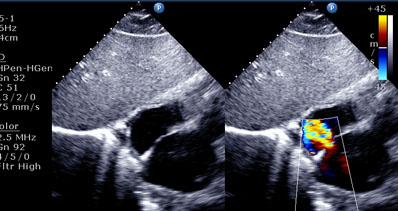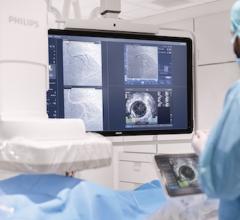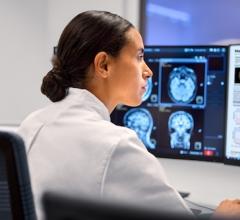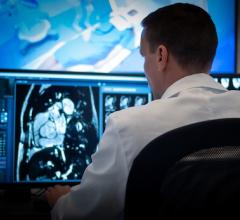
November 4, 2009 - “We know it's less expensive to treat a disease in its early stages, yet CMS’ reimbursement policies continue to undermine the effectiveness of early diagnosis for diseases like breast cancer and heart disease," Tim Trysla, executive director of the Access to Medical Imaging Coalition (AMIC).
The Centers for Medicare and Medicaid Services (CMS) last week published final regulations that will drastically reduce physician reimbursements for medical imaging services beginning in 2010, resulting in diminished patient access to early detection tests that save lives and money, according to AMIC.
The 2010 Physician Fee Schedule released Friday by CMS will reduce payments to non-hospital practices by 48 percent for pelvis CT, by 46 percent for MRI of the chest-spine, and by 27 percent for cardiovascular-related services. Cuts to cardiology services could impact up to two-thirds of cardiovascular patients as practices are forced to shut their doors.
“As private practices close, hospital-based practices, which are largely insulated from the Medicare cuts contained in this rule, will not be able to handle the influx of patients. This rule will severely disrupt the delivery of care and patients will suffer,” said Trysla.
The Fee Schedule will reduce Medicare payments for imaging performed in non-hospital settings by reducing the values assigned to physicians’ practice expenses based on non-representative practice expense data collected through the AMA’s Physician Practice Information Survey (PPIS) and by drastically increasing the utilization assumption – the amount of time imaging equipment is assumed to operate during the hours a physician’s office or center is open – for advanced diagnostic imaging equipment from 50 percent to 90 percent over the next four years.
In a public statement, AMIC wrote: "These changes lead us down a precarious path toward large reimbursement cuts to many critical imaging services, particularly those that employ MRI and CT technology, which are hit both by the practice expense data and the utilization rate change."
It is believed these reimbursement cuts will result in reduced services, closed physician practices, long wait times and limited access for Medicare patients. Many seniors will be denied care, while many more will experience long delays or have to travel long distances to receive important diagnostic tests, which will further delay treatment. Furthermore, the cuts will increase overall patient costs as hospital-based cardiology and clinical and diagnostic services require patients to pay more out of pocket for these services than they would pay for the same care provided in physician offices.
AMIC said: "Policymakers need to recognize that reducing reimbursements for advanced imaging has a direct negative impact on the delivery of care. On top of the nearly 20 percent cut to payments for advanced imaging services in 2007, the health reform bills pending before Congress also include billions in reimbursement reductions. The unfortunate result of these policy changes will be greatly reduced access and quality of care for America's seniors, especially in rural regions of the country."
The Senate health reform legislation would move the utilization rate for CT, MR, PET and nuclear from 50 percent to 65 percent for four years, while the House bill would increase it to 75 percent.
“By pegging the utilization rate at 90 percent, CMS is adopting policy that isn’t supported by data,” Trysla said. “While CMS clearly missed the mark with this rule, we are committed to working with the agency to provide informative data regulators can use to determine an accurate and responsible utilization rate. A 90 percent utilization assumption is far from responsible public policy.”
For more information: rightscanrighttime.org


 December 18, 2025
December 18, 2025 









